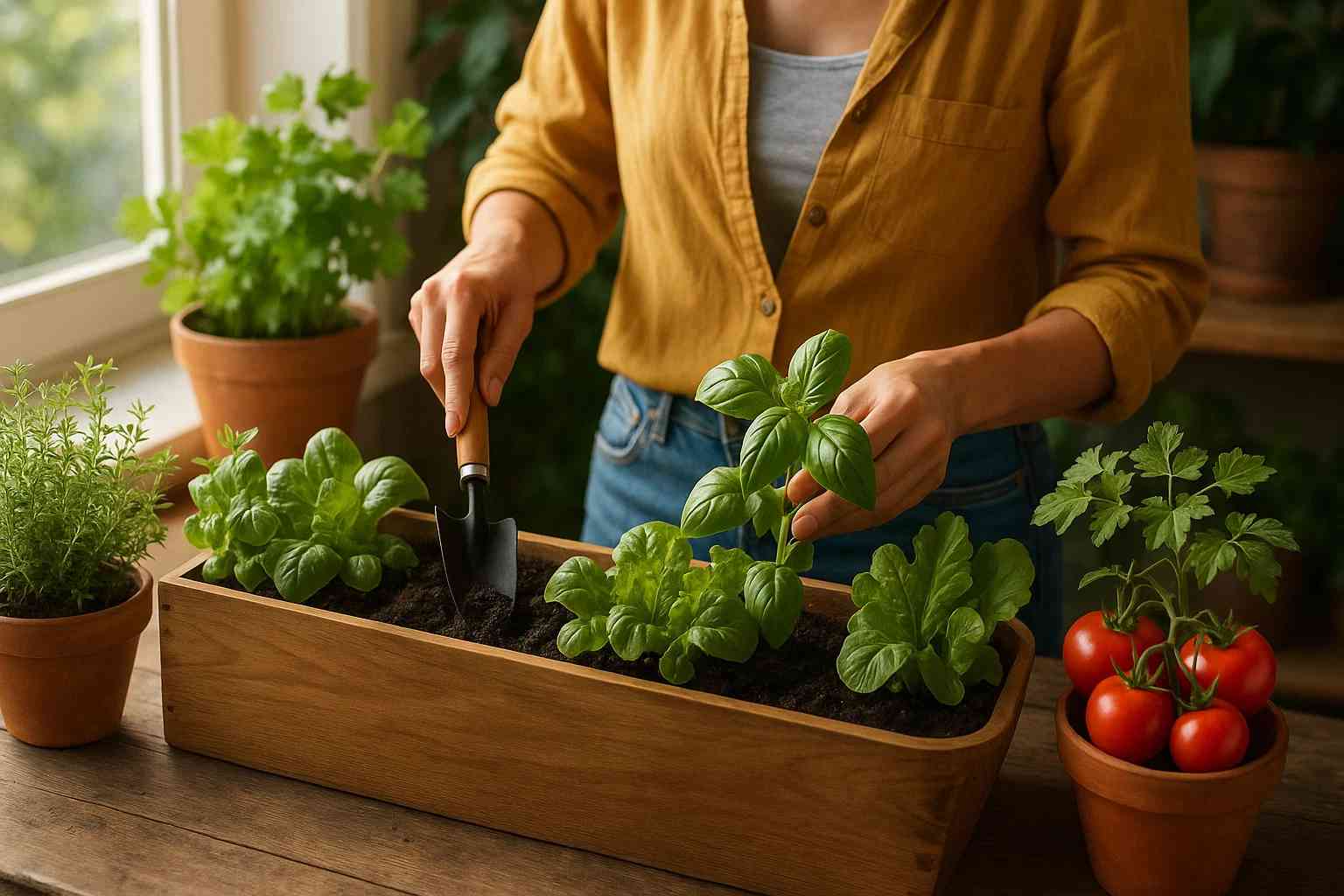In an age of rising food prices and concerns over pesticides, cultivating herbs and vegetables at home offers a rewarding, sustainable solution. Whether on a sunny balcony, a small backyard, or even a windowsill, growing your own produce means fresher flavors, better nutrition, and a deeper connection to what you eat. With the right plants and care, anyone can transform limited space into a thriving garden full of fragrant herbs and nutrient-rich vegetables.
1. Basil
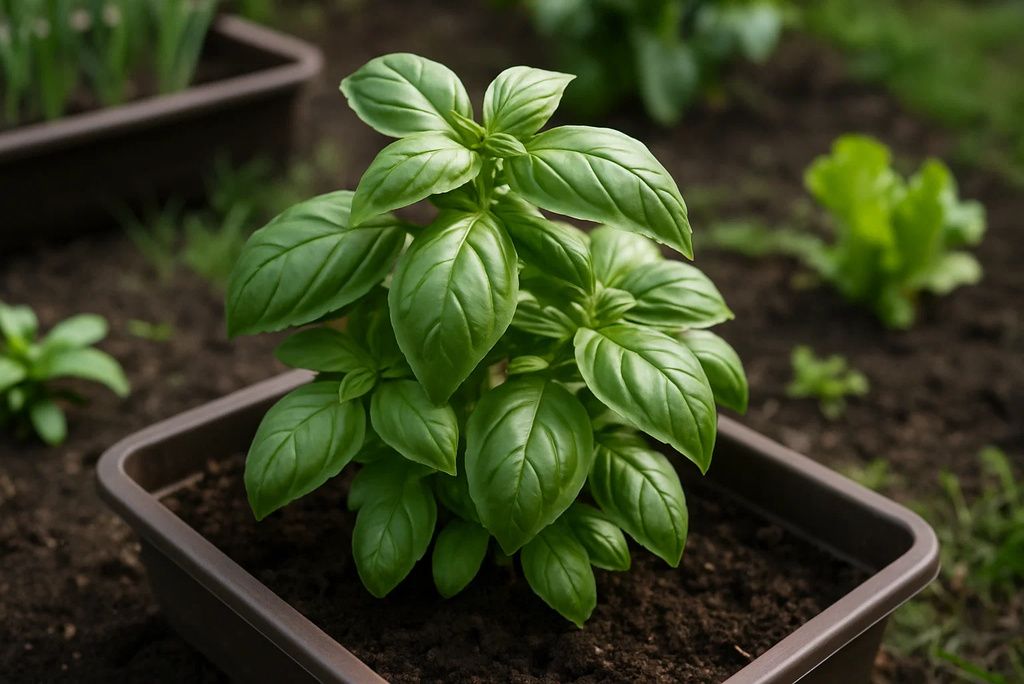
Basil thrives in warm, sunny spots and is perfect for windowsills or patios. It pairs well with tomatoes and can be harvested continuously through the season. To encourage bushier growth, pinch off flower buds early. Popular varieties include Genovese and Thai basil, each offering distinct flavors for culinary use. Growing from seed or starter plants is simple, and keeping the soil slightly moist ensures steady production. (Source)
2. Mint
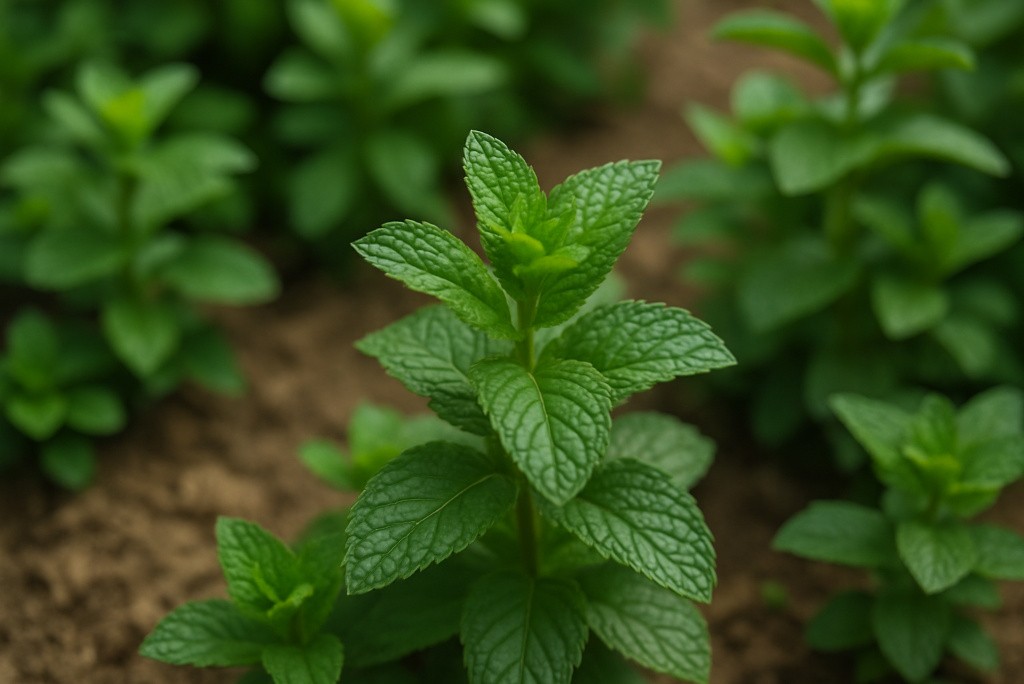
Mint grows quickly and vigorously, often overtaking garden beds, so it’s best kept in containers. It enjoys partial shade and consistent moisture. Varieties like spearmint and peppermint can be used in teas, salads, and desserts. Because of its invasive nature, regular pruning is essential to control spread. Fresh mint leaves also deter pests naturally, making them useful companions for vegetables.
3. Parsley

Parsley is a biennial herb, but is commonly grown as an annual for its fresh leaves. Flat-leaf parsley offers a stronger flavor compared to curly varieties. It thrives best in full sunlight, though it can withstand partial shade. Soaking seeds before planting can improve germination. Regular harvesting keeps the plant producing fresh leaves for months. Parsley contains high levels of vitamins A, C, and K, making it a healthy and valuable addition to meals. (Source)
4. Rosemary
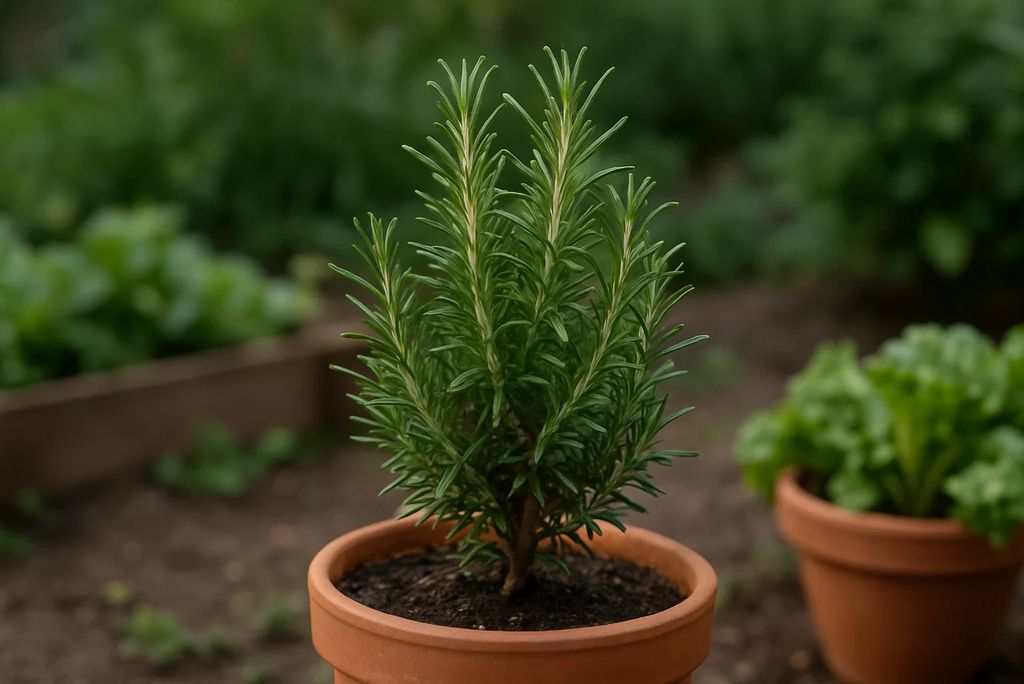
Rosemary is a hardy evergreen herb suited to warmer climates, but can be grown indoors in cooler regions. It prefers well-drained soil and lots of sunlight. Its aromatic leaves enhance roasted dishes and bread recipes. Pruning encourages fuller growth and prevents legginess. Once established, it tolerates drought well, making it an easy-care choice for gardeners with limited time. (Source)
5. Thyme

Thyme thrives in dry, sunny conditions and works well as a ground cover or in pots. Its low-maintenance nature makes it ideal for busy gardeners. Beyond culinary use, thyme has antimicrobial properties that support health and wellness. Lemon thyme offers a citrusy twist for marinades and teas. It pairs well with meats, vegetables, and bread, and thrives even in rocky, challenging soil conditions. (Source)
6. Oregano
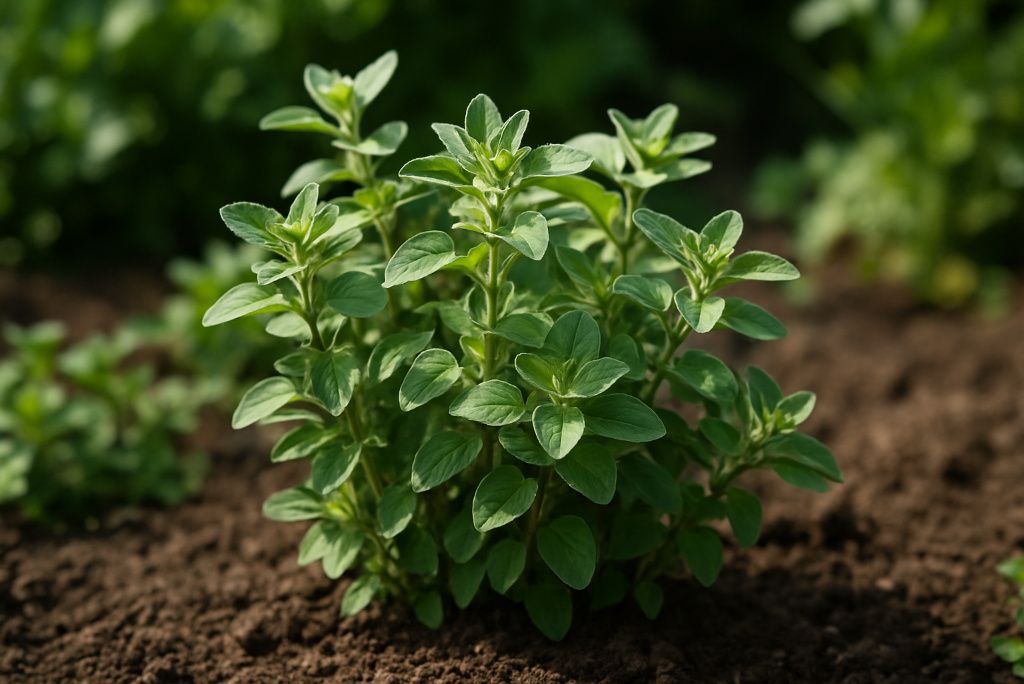
Oregano loves full sun and well-drained soil. Greek oregano is prized for its strong flavor in Mediterranean dishes. It’s drought-tolerant once established, making it ideal for low-water gardens. Regular harvesting keeps plants healthy and productive. Its essential oils also have antimicrobial qualities, adding a health benefit alongside flavor. This herb is especially flavorful when dried properly.
7. Chives
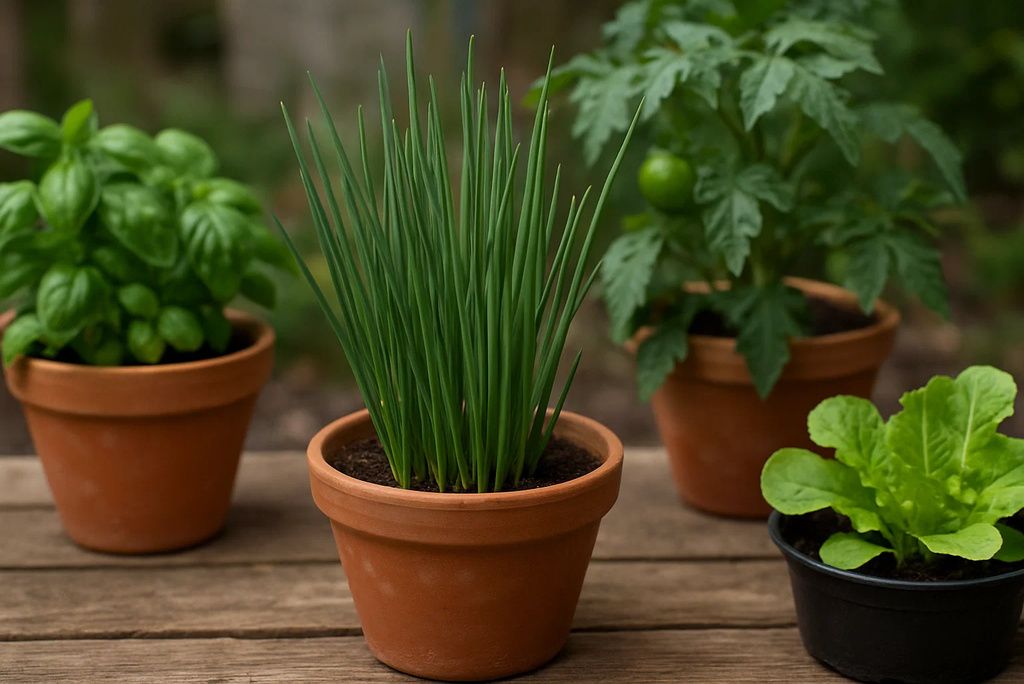
Chives grow well in most conditions and offer a mild onion flavor. The purple flowers are edible and attract pollinators. They regrow after cutting, providing multiple harvests. Chives prefer moist, rich soil but tolerate average garden conditions. They’re also perennial in many climates, offering fresh greens year after year. Chive leaves are best harvested in the morning for optimal flavor and nutrient retention. (Source)
8. Lettuce
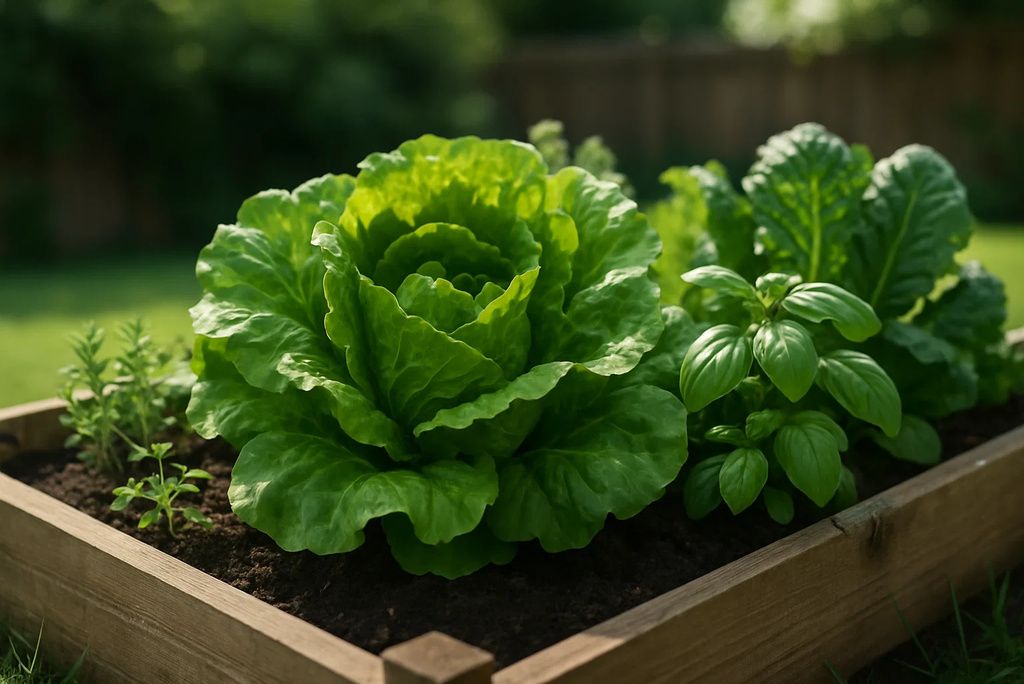
Lettuce grows quickly and comes in many varieties, from crisp romaine to tender butterhead. It prefers cooler temperatures, making it perfect for spring and autumn planting. Regular harvesting of outer leaves encourages continual production. Lettuce can be grown hydroponically indoors for year-round harvests. It’s also low-calorie and rich in hydration, contributing to balanced, healthy diets. For more advice.
9. Spinach
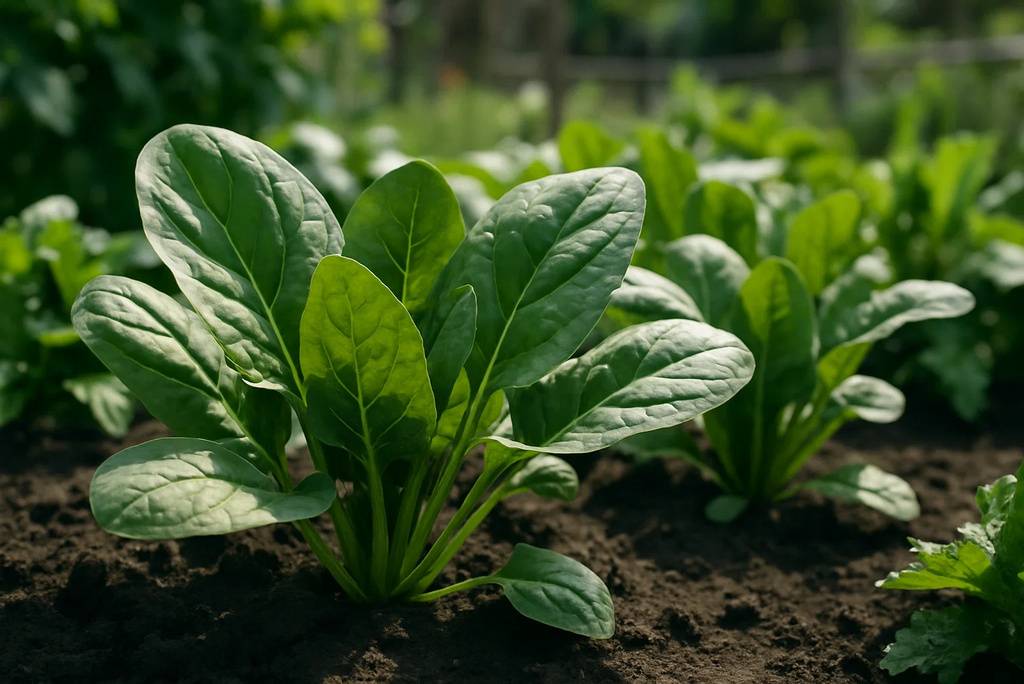
Spinach grows best in cool weather and nutrient-rich soil. Baby spinach leaves can be harvested early for salads, while mature leaves suit cooking. Bolting can be delayed by providing partial shade in warmer weather. It’s packed with iron, calcium, and antioxidants, making it a superfood. Fresh spinach is tastiest when harvested early in the morning for crispness.
10. Tomatoes
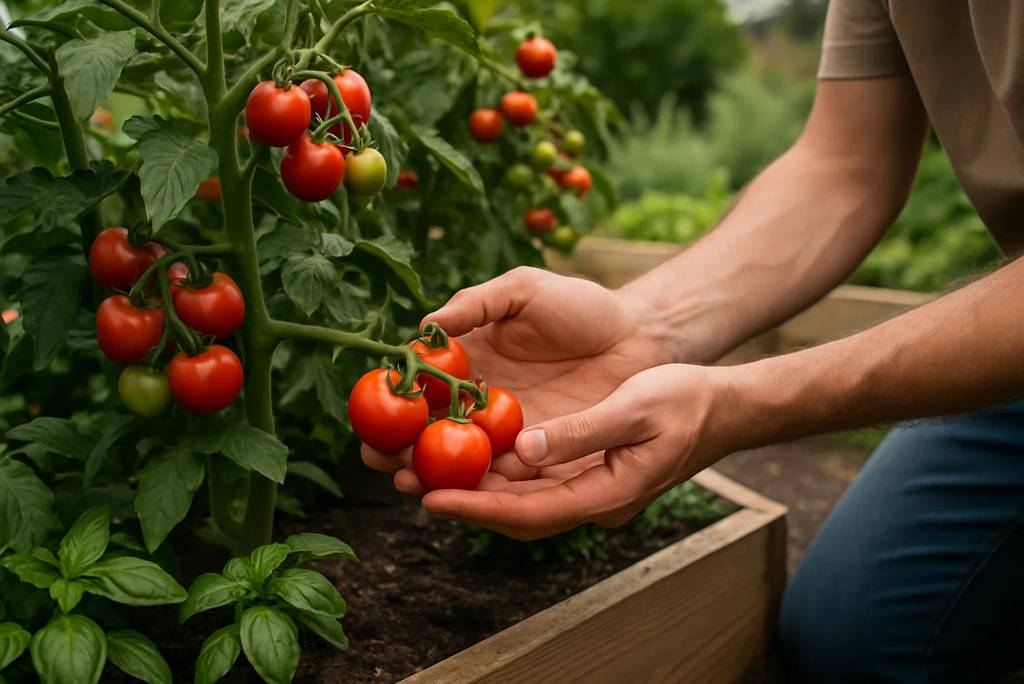
Tomatoes need plenty of sun and consistent watering. Cherry varieties are great for small spaces, while beefsteak types suit larger gardens. Support plants with stakes or cages for best results. Companion planting with basil can boost growth and flavor. Proper pruning of side shoots helps improve airflow and fruit quality. Tomatoes benefit from deep watering to promote strong roots and juicier fruit. (Source)
11. Peppers
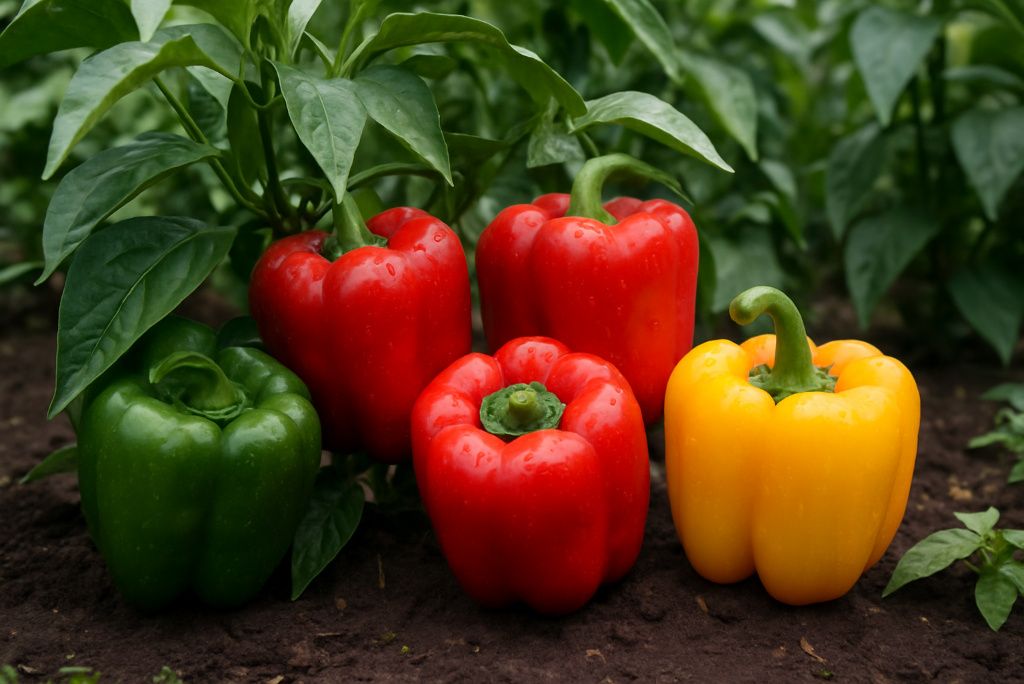
Peppers—both sweet and hot—thrive in warm climates. They require well-drained soil and regular feeding to produce abundant fruit. Varieties range from bell peppers to spicy jalapeños. Mulching helps retain soil warmth and moisture. Peppers also benefit from staking to support heavy fruit loads. Removing early blossoms encourages stronger plant growth and higher yields later.
12. Carrots
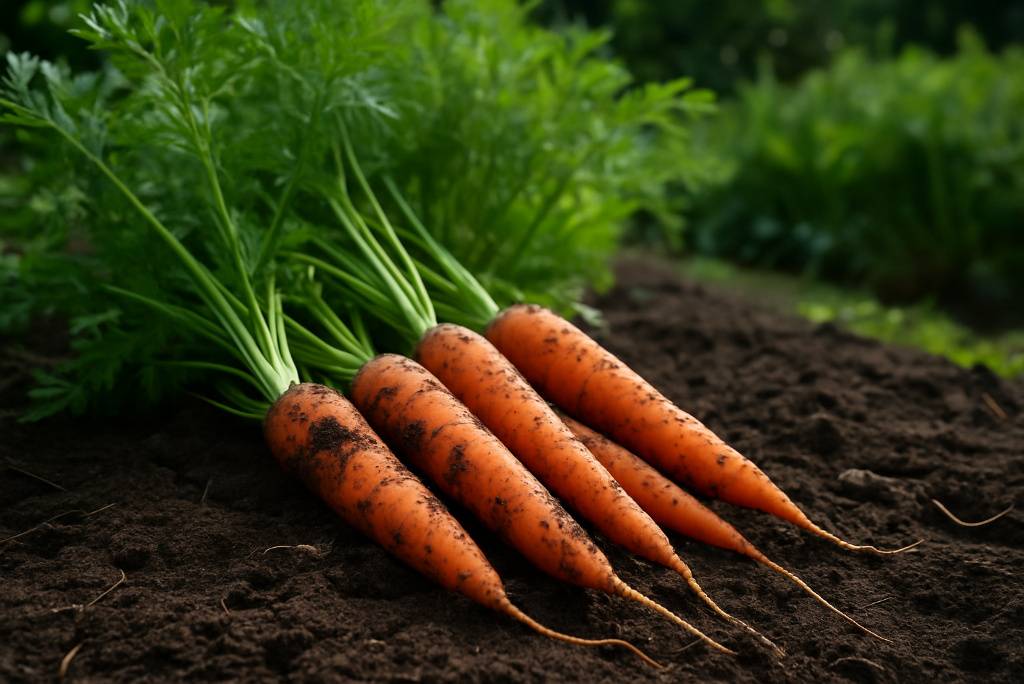
Carrots grow best in loose, sandy soil to allow for straight root development. They prefer cooler temperatures and benefit from thinning to prevent overcrowding. Rainbow varieties add visual appeal and nutrients. Consistent moisture prevents splitting, while mulching keeps roots cool. Carrots store well in cool, dark conditions after harvest, often lasting months. (Source)
13. Radishes
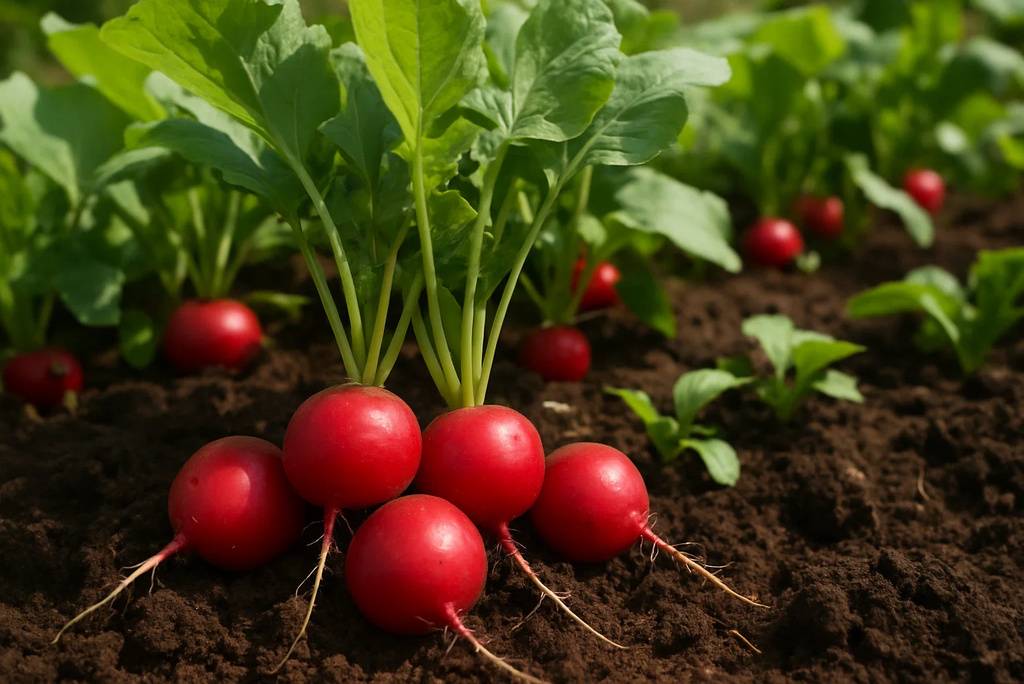
Radishes mature quickly, often in just 3–4 weeks. They grow well in small spaces and cooler temperatures. Varieties like French Breakfast offer mild flavor, while daikon types are milder and larger. Continuous sowing ensures a steady harvest. Radishes are also great for intercropping with slower-growing plants. Thinning seedlings ensures proper root development and avoids overcrowding.
14. Cucumbers
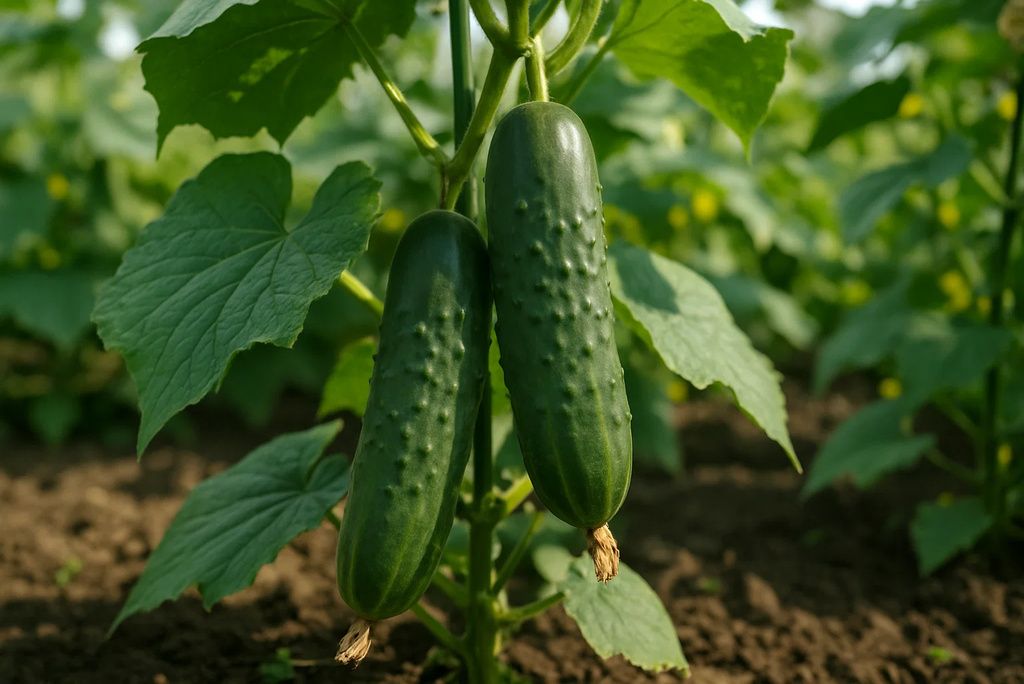
Cucumbers need warmth, space, and consistent moisture. Bush varieties suit containers, while vine types need trellises. Pickling cucumbers differ from slicing types in size and flavor. Mulching helps control weeds and maintain soil temperature. Trellising also improves airflow and reduces pest problems. Cucumbers are most flavorful when harvested young, crisp, and fully green.
15. Zucchini

Zucchini is a prolific producer during the summer months. Plants need full sun and rich soil. Regular harvesting encourages more fruit production and prevents oversized squash. Blossoms are also edible and used in gourmet cooking. Zucchini can grow surprisingly fast, so daily checks are advised. Young zucchini have the best flavor, texture, and tender skin for cooking.

